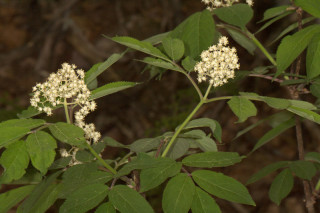
Jun-2013
Sambucus racemosa L. is a common shrub growing in deciduous forests. Luke and I hiked Pack Monadnock on our anniversary and saw this shrub near the peak. Stutchberry et al. (2005) found that the most frequent frugivores on the red fruits of this plant are Scarlet Tanagers and Rose-breasted Grosbeaks. In fact, their study suggests […]
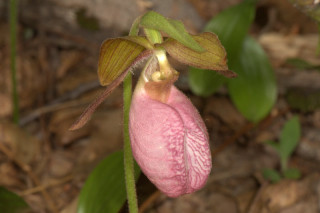
Cypripedium acaule Ait. is a common orchid growing in deciduous forests. Luke and I hiked Pack Monadnock on our anniversary and saw our first Lady’s Slipper Orchids in bloom. You can see that the pollinium (the pollen sac that attaches to bumblebee pollinators) is still in place. Pink Lady’s Slipper Orchids attract their pollinators by […]
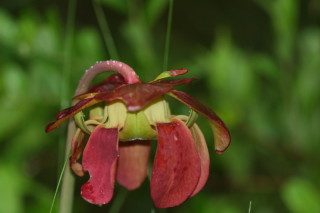
I was out in Ponemah Bog again this week and found Sarracenia purpurea L. (purple pitcher plant) in flower. These plants are carnivorous and most people think that the pitchers are the flowers, but they are actually leaves that are modified to capture and digest insects (see Ponemah Bog blog post). Below are pictures of […]

Jun-2013
Acer spicatum Lam. is a common shrub or small tree growing in deciduous forests. Luke and I were on a hike on Pack Monadnock when we saw the plant in bloom. Another common name for this plant is moose maple because it is an important food source for the animals. The plant is in the […]
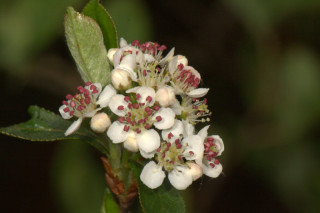
Jun-2013
Aronia floribunda (Lindl.) Spach is a common shrub in wetlands. I have seen it at Ponemah Bog and Pawtuckaway State Park. This plant is probably a hybrid between Aronia arbutifolia and Aronia melanocarpa. It is most similar in general appearance to A. melanocarpa. A. floribunda has leaf undersides that are very hairy. The plant is in […]
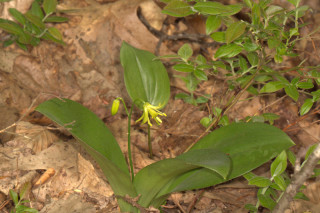
May-2013
Clintonia borealis (Ait.) Raf. is a lovely lily that Luke and I found growing on Pack Monadnock. The species is clonal, and once established a community of close can survive for 10 or more years. Seed set and seedling establishment has actually been shown to be very low in this species. This is why it […]
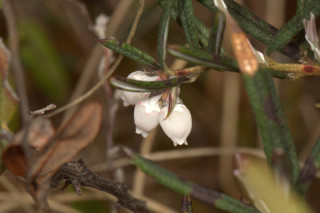
May-2013
Andromeda polifolia L. is not called bog rosemary because the leaves of the plants smell spicy…like rosemary. The leaves do, however, superficially resemble rosemary. I do love the upside down, urn-shaped flowers of bog rosemary. This is a “buzz-pollinated” species, meaning a bee has to buzz below the opening of the flower in order for […]
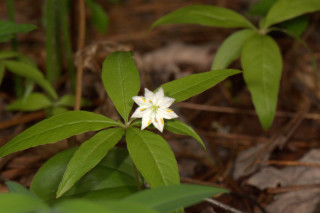
May-2013
Lysimachia borealis (Raf.) U. Manns & Anderb. (formerly Trientalis borealis) is a common herb found on the forest floor in New Hampshire. The flowers are small and delicate and are pollinated by Syrphid flies (Barrett and Helenurm 1987). The species is easy to recognize because of its whorled leaves and flowers with usually seven petals; […]

May-2013
Aralia nudicaulis L. is a small herb/shrub found in forests throughout New England and is widely distributed in North America. This is the only species in Aralia sect. Nanae. It is dioecious. Pictured here is a male plant; males possess more flowers per umbel than females. The species is sexually dimorphic. This species is pollinated by […]
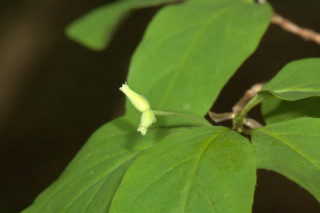
May-2013
Lonicera canadensis Bartr. ex Marsh. is a woody shrub found in the northern United States (east of the Dakotas). Approximately 13 species of Lonicera are found in New Hampshire, and most of them are nonnative invasive plants. One should be careful about planting a Lonicera in the yard or garden; check Go Botany to make […]
